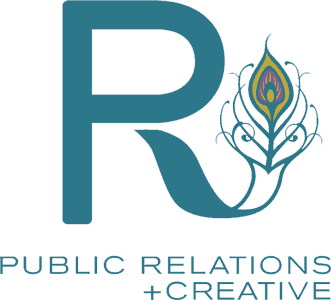In the ever-changing landscape of public relations, a crisis can strike a business at any moment, leaving a brand’s reputation hanging in the balance. The aftermath of such situations often leaves a deep dent in the trust that customers, investors, and the general public place in a brand. In these critical moments, the path to redemption is paved with more than just apologies or public statements. It involves a strategic, heartfelt effort to rebuild trust through positive messaging. Here’s how brands can effectively navigate the choppy waters of a PR crisis and emerge stronger, using the power of positive communication.
Understanding the Impact of a PR Crisis

When a PR crisis hits, its impact is immediate and far-reaching. For a brand, the first blow is often to its public image; the carefully curated perception held by its audience can shatter in an instant. Customers, once loyal, may now question their choices, while potential clients might seek alternatives. This erosion of trust doesn’t just affect sales or partnerships; it can ripple through every aspect of the business, from employee morale to investor confidence.
The long-term implications are even more daunting. With a swift and effective response, a brand can avoid a permanent scar on its reputation, leading to a steady decline in market presence and relevance. Understanding the severity of these consequences is the first step towards crafting a response strategy that addresses the immediate fallout and lays a foundation for rebuilding and strengthening the damaged trust.
The Foundation of Trust Rebuilding
The unwavering commitment to transparency and honesty is at the heart of rebuilding trust. In the wake of a PR crisis, a brand’s first action should be an open acknowledgment of the situation. This includes taking full responsibility rather than deflecting blame or minimizing the issue.
Equally important is showing genuine empathy. Brands need to demonstrate that they understand and care about the impact of the crisis on their stakeholders. This empathetic approach should not be viewed as a one-off statement but as a vital, consistent theme in all communications following the crisis. It’s about weaving empathy into the fabric of every message, ensuring that each statement, response, and action the brand takes resonates with understanding and sensitivity. This is not just about what is said but also how it is said. The tone, the choice of words, and the manner of delivery all play a crucial role in demonstrating empathy.
Moreover, this foundation of transparency, responsibility, and empathy sets a decisive stage for effective positive messaging. It signals to the audience that the brand’s intentions go beyond mere damage control. It’s about genuinely acknowledging the issue and showing a proactive commitment to making amends and improving. This approach helps transform the narrative from fault and failure to learning, growth, and genuine commitment to doing better.
Strategies for Positive Messaging

When it comes to positive messaging, the content and tone of the communication are crucial. Here are some strategies:
Forward-Looking Optimism
Messages should focus on the future and how the brand is taking steps to prevent similar issues. This includes concrete plans, policy changes, or initiatives demonstrating commitment to improvement.
Consistency in Communication
Consistent messaging across all channels ensures the brand speaks with one voice, reinforcing trust and credibility.
Engaging Stakeholders
Involve customers, employees, and partners in the recovery process. Solicit feedback, listen to concerns, and actively show that the brand values their input.
Highlighting Positive Actions
Share stories and examples of positive actions taken post-crisis. This could be community support initiatives, enhanced customer service efforts, or internal reforms.
Educational Content
Provide content that educates the audience about the steps taken, the reasons behind them, and how these contribute to a better future for all stakeholders.
Regular Updates
Keep stakeholders informed about progress and developments. This ongoing communication can help rebuild trust over time.
By integrating these strategies, a brand can craft messages that address the crisis and turn the narrative into one of growth and resilience.
Maintaining the Momentum after a PR crisis

Rebuilding trust is not a one-time effort; it requires ongoing commitment and action. To maintain the momentum, brands should regularly engage with their audience through various channels, social media, email newsletters, or community events. This continued engagement helps to keep the conversation around the brand positive and forward-looking. Additionally, brands should consistently monitor public sentiment and be ready to address any concerns or feedback proactively. This approach shows that the brand is not just reactive during a crisis but is actively involved in fostering a positive relationship with its stakeholders.
Navigating a PR crisis and rebuilding trust is undeniably challenging, but it’s also an opportunity for growth and strengthening relationships with stakeholders. By focusing on transparent, empathetic, and positive messaging, brands can turn a crisis into a catalyst for improvement. The art of redemption lies in how effectively a brand communicates its commitment to change and its dedication to its audience. Embracing this art can restore lost trust and lead to a more robust and respected brand image in the long run.
